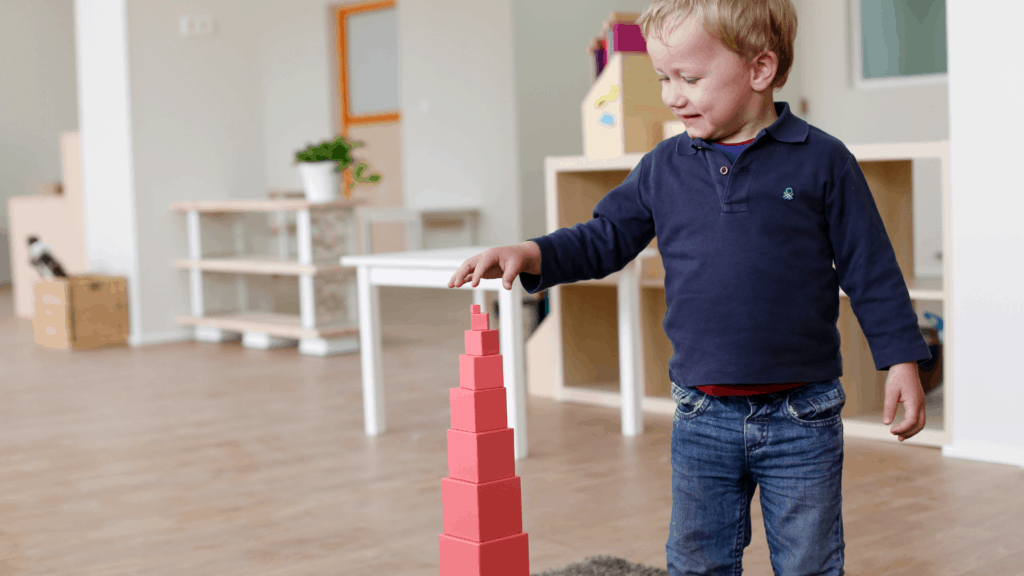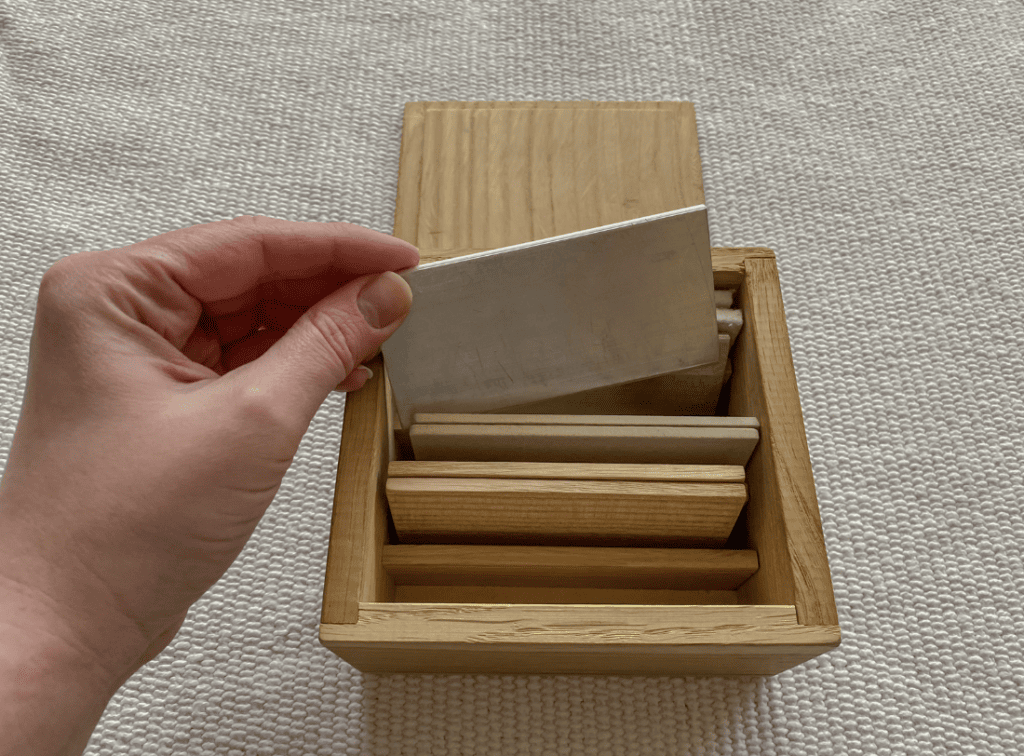Montessori teaches essential skills that children need to develop to thrive in the 21st century. This is accomplished through the
Montessori teaches an array of important real-world skills. These skills are critical thinking, social skills, collaboration, and creativity.
The

On This Page…
What Skills Does Montessori Teach?
Montessori teaches children skills to ensure they are set up for success in life. The Montessori curriculum is designed to teach children how to think critically, communicate, collaborate with others, and harness their creativity.
These skills are taught using the
Critical thinking, communication, collaboration, and creativity are skills learned while working through the five areas of the
In a
So, how are skills taught in
Critical Thinking
The
Montessori materials teach children how to think critically because children must solve the problem to complete the action. If a child struggles to complete the task or makes an error, they are presented with the opportunity to self-correct. This means a child will try to figure out where they went wrong, by retracing their steps.
When children have to self-correct when using
As a child repeats the process, analyzing where they went wrong and fixing it, they are controlling their errors. While doing this, they are learning how to problem solve, think logically and sequentially, and therefore, think critically.
Social Skills and Communication
The
In a
The Practical Life curriculum includes a group of activities called Grace and Courtesy. Essentially, Grace and Courtesy teach children how to communicate effectively and politely. These activities entail greeting students and teachers, shaking hands in greeting, and practicing saying ‘please’, and ‘thank you.’
Grace and Courtesy lessons include role-playing different social scenarios, such as how to welcome a visitor, how to solve a disagreement, and how to ask a question. Additionally, children are taught how to communicate their feelings.
Effective communication is further enhanced while children engage in the Language curriculum. Children learn how to read and write through hands-on immersive activities. When children learn how to read and write, they gain an understanding of how people can communicate.
Natural Collaboration
Multi-age classrooms are a hallmark of
A Multi-age
The
The younger children in this environment engage in imitative play and learning from observing the older children, while older children tutor the younger members of the class.
Harnessing Creativity the Montessori Way
Montessori schools are known for discouraging pretend play, which some may see as discouraging imagination and creativity. This is not the case! Through a
Maria Montessori believed creativity should only be harnessed once children have mastered their environment and that it stems from a child’s understanding and mastery of the real world. The
Fostering creativity in children in a
Children are free to move about the environment choosing their work and where they would like to sit or engage. This allows children the freedom to develop their independence and master their environment, thus helping them to harness their natural creativity.
Working with the
What Other Skills Does Montessori Teach?
In addition to teaching children how to collaborate, think critically, communicate and harness their creativity,
Montessori Practical Life exercises teach children how to wash their hands, serve food, clean their environment, wait in line and prepare food. Children in a
Sources:
https://lifetimemontessorischool.com/skill-sets-montessori-schools-deliver
https://montessori-nw.org/about-montessori-education







